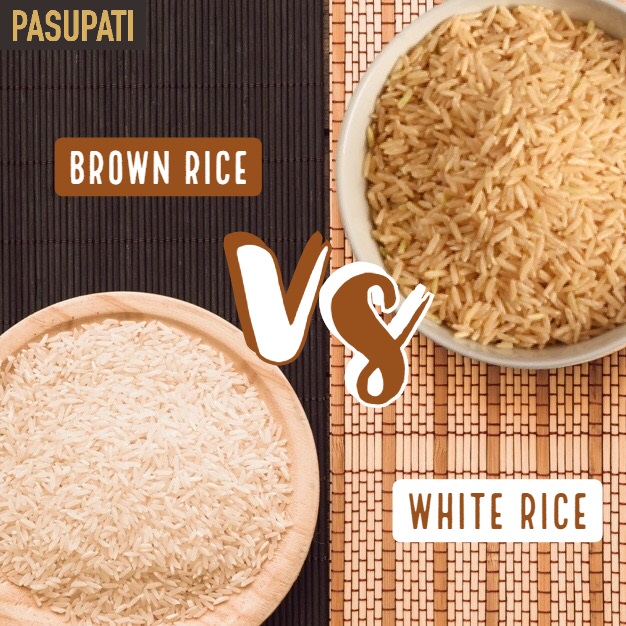
White Rice vs. Brown Rice
Brown rice is often considered a healthier rice option due to its high fibre quality, but white rice may actually be the healthier choice. Scroll below to know how.
Brown rice contains bran which includes nutrients like vitamin B, minerals and amino acids. The bran is good mainly for fiber. But along with the nutrients, quite a lot of anti-nutrients like phytates are also there in brown rice bran which makes it hard for us to absorb the minerals it contains. This makes it difficult for the brown rice to get digested properly. That’s why brown rice is always advised to be eaten following proper soaking and cooking procedures.
White rice doesn’t have these anti nutrients. White rice, by volume, has more iron, folic acid, thiamine, niacin, and riboflavin. This is because it is milled brown rice with the bran and germs removed which also removes almost all of the phytic acid. This means that you can actually absorb the nutrients in white rice better. This makes the rice more digestible and cuts down on the grain based fiber which can be harmful to the gut. This also alters the flavor, texture and appearance of the white rice and helps prevent spoilage and extend its shelf life.
One disadvantage is that white rice has a slightly higher glycaemic index, but you can lower it by eating it with the right foods. A good way to eat it is with a drizzle of low-fat butter or olive oil. Eating white rice with loads of vegetables, beans and lentils makes it a very healthy choice.
Overall, although brown rice is slightly more nutrient dense, white rice provides an easier way to get these same nutrients to your body while being easier to digest and easier on your gut in the long run.
